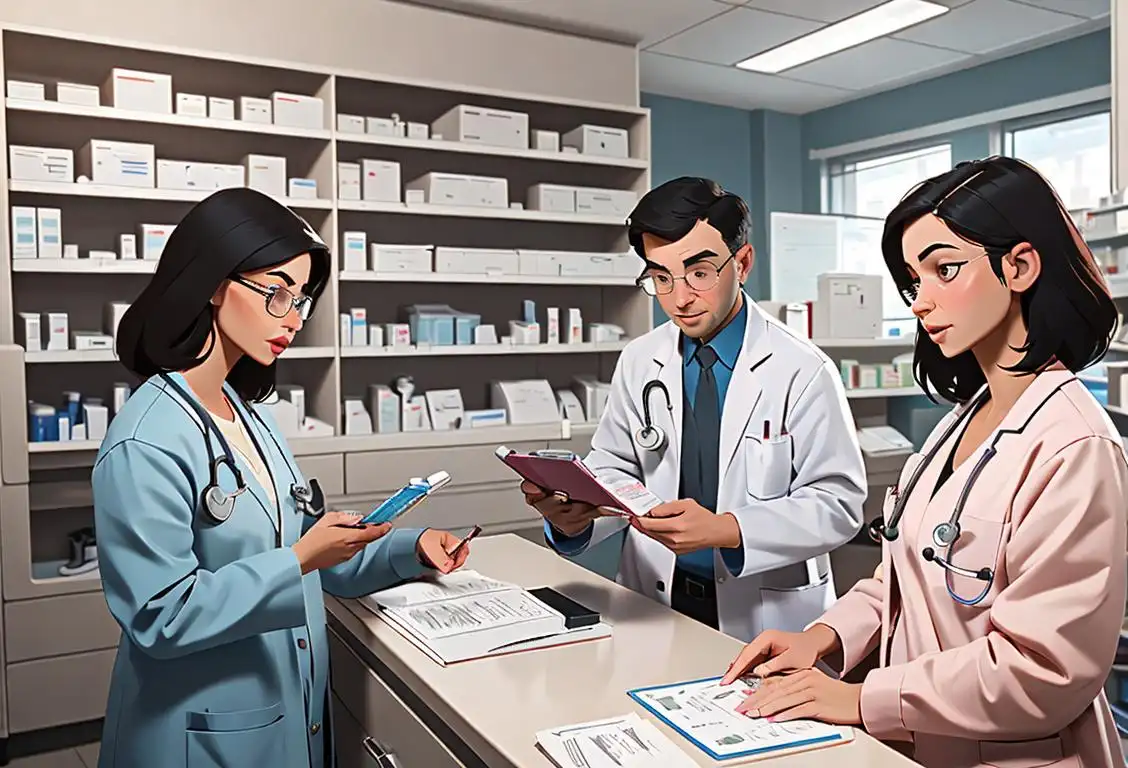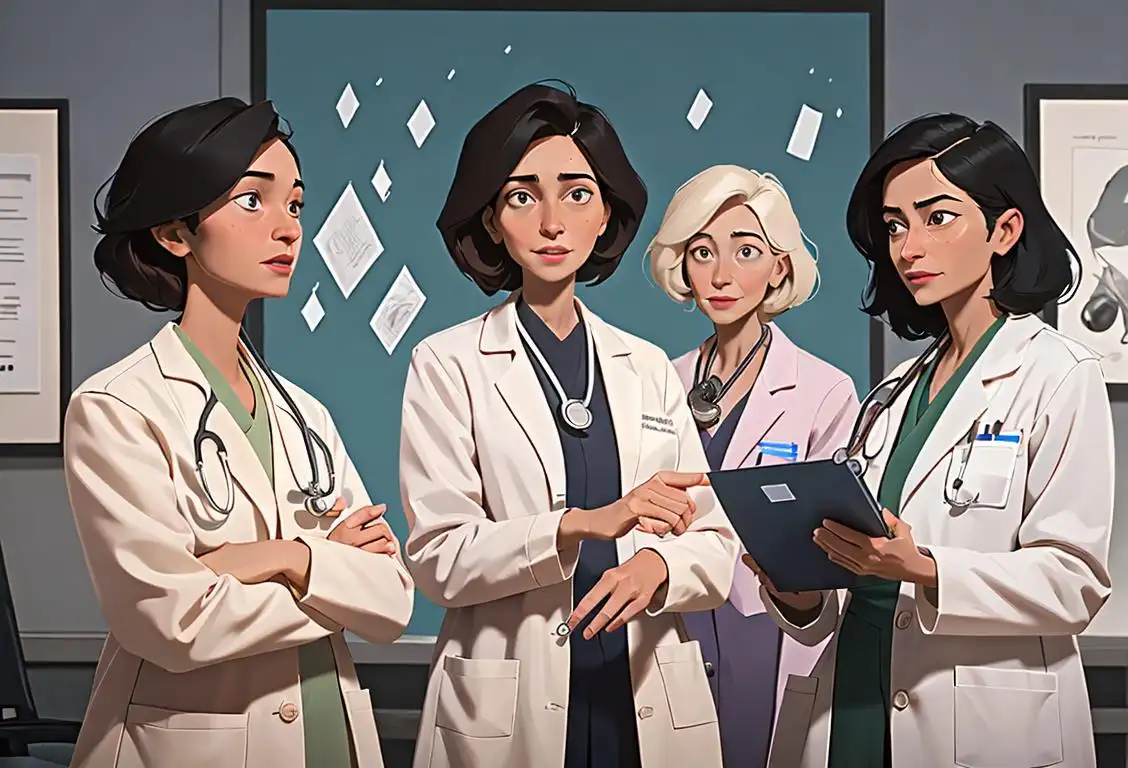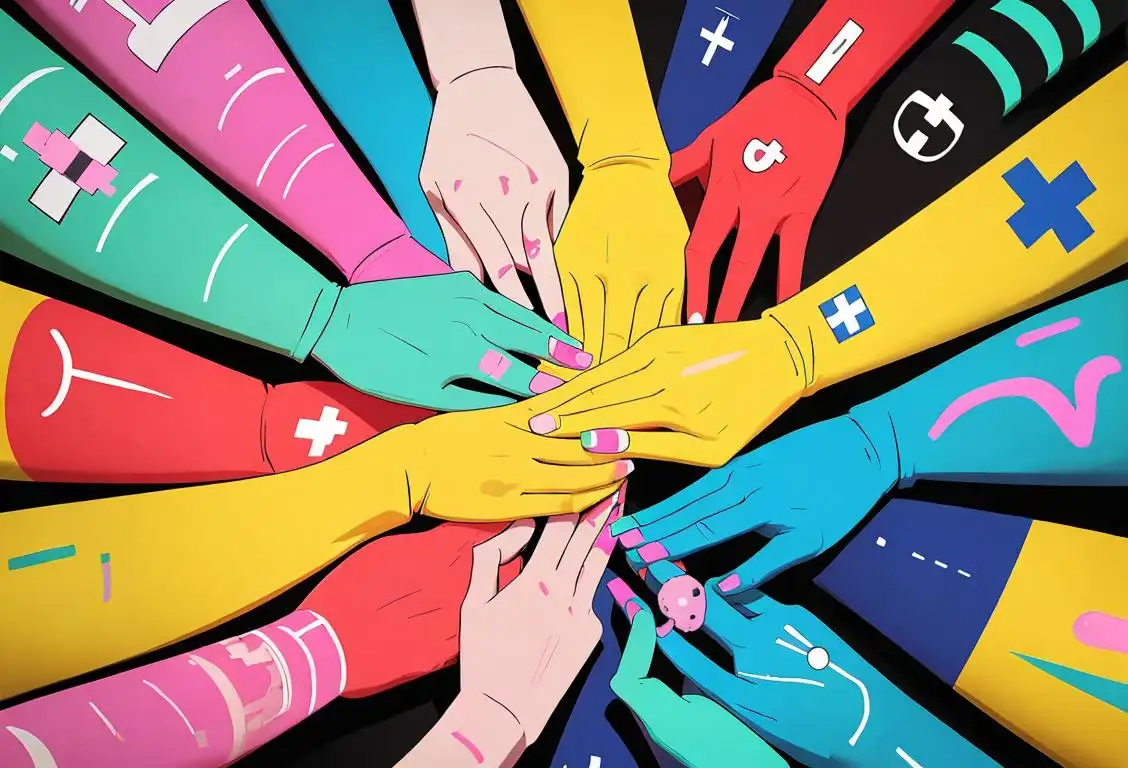National Penicillin Allergy Day

Welcome to National Penicillin Allergy Day! Today, we're going to dive into the wonderful world of penicillin allergies and celebrate all those who are affected. Whether it's a personal experience or supporting a loved one, this day is dedicated to raising awareness and providing helpful information. So, grab your antihistamines and let's get started!
When is Penicillin Allergy Day?
It's national penicillin allergy day on the 28th September.
The History of National Penicillin Allergy Day
Did you know that penicillin, the first true antibiotic, was discovered by Alexander Fleming in 1928? This remarkable breakthrough revolutionized medicine and saved countless lives. However, not everyone can benefit from the miracle of penicillin due to allergic reactions.
National Penicillin Allergy Day was established to acknowledge and support those individuals who are allergic to penicillin. It aims to raise awareness about the prevalence of penicillin allergies and educate the public on the importance of proper diagnosis and alternative treatments.
How to Celebrate
Celebrating National Penicillin Allergy Day can be as simple as lending a listening ear to someone who experiences penicillin allergies or sharing information on social media to raise awareness. If you or a loved one has a penicillin allergy, take this opportunity to explore alternative treatment options and discuss them with your healthcare provider.
Remember, it's crucial to properly communicate your penicillin allergy to medical professionals to avoid any adverse reactions during treatment. Your health and well-being matter!
History behind the term 'Penicillin Allergy'
1928
The accidental discovery
In 1928, Scottish scientist Alexander Fleming made the serendipitous discovery of penicillin. While working at St. Mary's Hospital in London, he noticed that a mold called Penicillium notatum had contaminated one of his petri dishes containing Staphylococcus bacteria. To his surprise, Fleming observed that the bacteria didn't grow properly around the mold, suggesting that the mold released a substance that inhibited bacterial growth.
1940
The identification and purification
In 1940, the scientists Howard Florey, Ernst Chain, and Norman Heatley at the University of Oxford began working on isolating the active compound from the Penicillium mold discovered by Fleming. They successfully identified and purified the substance, which they named penicillin. This marked a significant milestone in the development of penicillin as a potential antibiotic.
1942
Clinical trials and first patient
By 1942, penicillin was ready for clinical trials. The first patient to receive penicillin treatment was a British policeman named Albert Alexander who had developed a severe infection after scratching his face on a rose thorn. His condition rapidly improved after receiving penicillin, but unfortunately, there was not enough supply to save his life, and he succumbed to the infection.
1945
Mass production and widespread use
Following the end of World War II, penicillin production was scaled up, leading to its widespread availability for medical use. Mass production techniques were developed, allowing for the production of large quantities of penicillin. This marked a turning point in medicine as penicillin became the first commercially available antibiotic, revolutionizing the treatment of bacterial infections and saving countless lives.
1950
Discovery of penicillin allergy
In the 1950s, reports started emerging about adverse reactions to penicillin treatment. Some patients experienced rashes, itching, and more severe allergic reactions, which led to the recognition of penicillin allergy as a potential concern. While penicillin had tremendous benefits, it also carried the risk of allergic responses in certain individuals, shaping the understanding of penicillin's side effects.
Did you know?
Did you know that approximately 10% of the population reports having a penicillin allergy, but only about 1% to 10% of those are truly allergic upon further evaluation?Tagged
awareness loved ones health medicineFirst identified
28th September 2017Most mentioned on
28th September 2020Total mentions
150Other days
Penicillin Allergy Day
Cancer Prevention Day
Heart Valve Disease Awareness Day
Prescription Drug Day
Mammogram Day
Health Commission Will Start Releasing Coronavirus Updates Twice A Day
Women Physicians Day
Health And Fitness Day
Testing To Day
Vaccine Day








